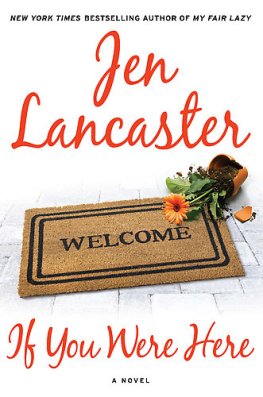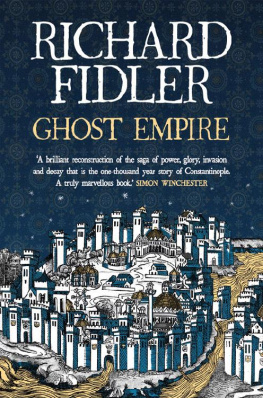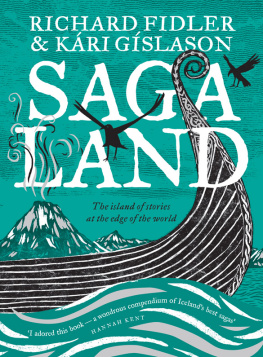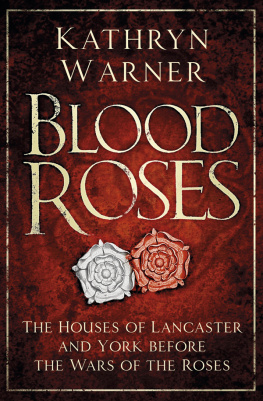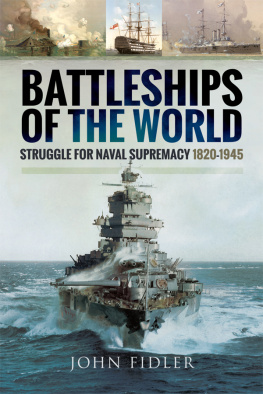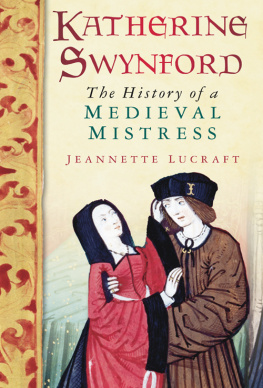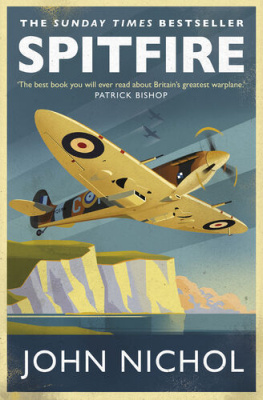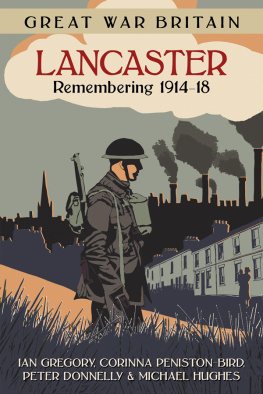For my beloved wife, Brenda
19422008
First published in Great Britain in 2016 by
PEN & SWORD MILITARY
an imprint of
Pen and Sword Books Ltd
47 Church Street
Barnsley
South Yorkshire S70 2AS
Copyright John Fidler, 2016
ISBN: 978 1 47384 611 1
PDF ISBN: 978 1 47384 614 2
EPUB ISBN: 978 1 47384 612 8
PRC ISBN: 978 1 47384 613 5
The right of John Fidler to be identified as the author of this work has been asserted by him in accordance with the Copyright, Designs and Patents Act 1988.
A CIP record for this book is available from the British Library
All rights reserved. No part of this book may be reproduced or transmitted in any form or by any means, electronic or mechanical including photocopying, recording or by any information storage and retrieval system, without permission from the Publisher in writing.
Printed and bound in England
by CPI Group (UK) Ltd, Croydon, CR0 4YY
Typeset in Times New Roman by Chic Graphics
Pen & Sword Books Ltd incorporates the imprints of
Pen & Sword Archaeology, Atlas, Aviation, Battleground, Discovery, Family History, History, Maritime, Military, Naval, Politics, Railways, Select, Social History, Transport, True Crime, Claymore Press, Frontline Books, Leo Cooper, Praetorian Press, Remember When, Seaforth Publishing and Wharncliffe.
For a complete list of Pen and Sword titles please contact
Pen and Sword Books Limited
47 Church Street, Barnsley, South Yorkshire, S70 2AS, England
E-mail:
Website: www.pen-and-sword.co.uk
Introduction
During the Great War the town (not yet a city) of Lancaster stood on its own: the neighbouring towns of Morecambe and Heysham, and the villages of the Lancaster Rural District were not incorporated until 1974. This book therefore relates to that Lancaster. Similarly, while the local regiment, the Kings Own Royal Lancaster Regiment had its depot in the city, its recruiting area was more widespread. When referring to military casualties and honours, I have tried to identify natives of Lancaster and to show examples of the many units and fields in which they served.
Among those who have assisted me in the writing of this book, I must single out Heather Dowler of the City Museum, Andy Henderson and Claire Blundell of Ripley St Thomas CE Academy, Sarah Fisher of Bowerham School, and Rose Welshman of Lancaster Royal Grammar School. I have consulted the admirable website of the Lancaster Military Heritage Group and I am grateful to the staff of Lancaster City Library who have endured my presence day by day at the microfilm reader as I worked through the files of the Lancaster Guardian and Lancaster Observer for the relevant years.
The cover photograph shows the Lancaster Pals returning from a church parade. (LCM)
CHAPTER 1
Lancaster in 1914

In the summer of 1914 Lancaster, the ancient county town of what is properly the County Palatine of Lancaster, remained essentially the market town which it had been for centuries. Its name betrays its Roman origins (the military camp on the Lune), established to cover the lowest crossing point on the river. The camp, originally a marching camp with a turf wall later rebuilt in stone, had been largely overlaid by the Norman castle and the Priory Church. The Benedictine Priory was originally a daughter church of the Abbey of Seez in Normandy, later of Syon in Middlesex, but after 1430 (a century before the dissolution of the monasteries by Henry VIII and Thomas Cromwell) it ceased to be a monastic foundation and became the parish church of Lancaster. The castle had been a northern bastion against the Scots, who had twice taken and burnt the town. Its last military use was in the civil wars, when it was taken by parliamentary troops in 1643; it was later used as a prison.
Granted a borough charter in 1193 by John, Count of Mortain (soon to become King John), Lancaster had its own council of burgesses, with the right to hold twice weekly markets (still held) and horse fairs twice a year, and it later had the right to send members to parliament. The Assizes were held twice a year and other legal and mercantile services were provided over the years. A river port of significance in the late seventeenth and eighteenth centuries, it had traded with the Baltic for naval stores (timber, turpentine, resin, hemp and flax) for its two shipyards, and been marginally involved in slaving in the Africa Trade, by some four to eight ships each year. Its mercantile importance dwindled as the Lune silted up and ships grew larger, but it still had access to the sea from the port of Heysham and, via a connecting branch of the Lancaster Canal, to the little port of Glasson Dock.
The import of mahogany had led to the establishment in 1728 of the cabinet makers Gillow whose fine furniture was not only sold locally, but also exported to the West Indies and Virginia. By the late nineteenth century they had diversified into fitting out town halls and ocean liners with quality panelling; their workshops on St Leonardgate remained in business until 1963, when they had a new lease of life as offices and laboratories for the new University of Lancaster.
The manufacture of cotton was mainly in the hands of the Storey and, later, the Williamson families, who between them employed the bulk of the population in their mills, where the manufacture of cotton had, by 1914, largely given way to linoleum and table baize. The main Storeys mill was at White Cross, of which the principal building is now the Adult Education Centre, surrounded by a small industrial estate. Moor Lane North is now Mill Hall, a student hall of residence, and across the road, Moor Lane South has become a warehouse, initially for Reebok and latterly for the National Health Service. Of the Williamson mills, the Bath and Greenfield Mills have been demolished, to be replaced by housing. The derelict St Georges Mill is being demolished, but manufacture still goes on at the extensive Lune mills.
As was usual among industrialists of the time, both families had made provision for the enhancement of the city by providing the Storey Institute and Williamson Park. The former made provision for a library and reading room to improve the education of working men, the latter gave the city leisure facilities by the landscaping of the quarry out of which the houses of the city had been built. It was later given lasting grandeur by the erection of the Ashton Memorial (which Pevsner in the Lancashire volume of his Buildings of England, called the grandest folly in England) whose baroque architecture and copper dome still dominate the city.
A new town hall and a statue of Queen Victoria were 1909 additions by James Williamsons son (now ennobled as Lord Ashton). With the earlier closure of the Carriage and Wagon Works on Caton Road, the only other manufacturing enterprise of any size was the Phoenix Foundry, appropriately in Phoenix Street. Remarkably, there were no fewer than seven stained glass manufacturers, of which Shrigley and Hunt on Castle Hill and Abbott & Co on Butterfield Street off Damside, were probably the best known. The others were Lambert & Moore at Greaves, Seward & Co in Sun Street; James Holmes on Fenton Street; Barraclough & Sanders on Brunton Road and Eaton & Bulfield on Castle Hill. Another small enterprise was Anthony Bells marble works on Parliament Street.






